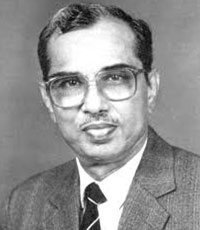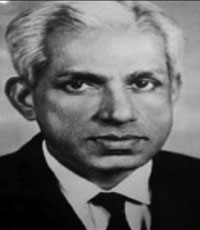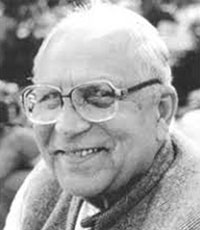


Micro surgery is a landmark in the history of development of reconstructive plastic surgery and also various fields of surgery needing reconstructions. But the microvascular surgeons, mostly plastic surgeons took the lead all over the world.
The genesis of doing surgery under magnification began with the use of a primitive operative microscope by an ENT surgeon named Ziel Nelson in 1929 for magnifying the structures in the middle ear.
This caught up the imagination of reconstructive surgeons transferring tissues from one part of the body to the other and make them survive by restoring the circulation immediately by anastomosing arteries and veins at the new site under magnification.
Of course the credit goes to Alexis Carrel who won the Nobel Prize for Medicine in 1908 following replantation of a beheaded neck of a dog by anastomosing the neck vessels.
For a long time the surgery was confined to experimental labs and the direction was towards the development of operating microscope to magnify the structures, fine suture materials and fine instruments.
In 1963 the breakthrough came by transferring the living omentum to cover the exposed brain by Dr Harry J Buncke of USA. In 1964, Harold Klienert in Louisville revascularised a partially amputated thumb. In 1973, the first reported free tissue transfer was done by Ian Taylor at Royal Melborne Hospital, Melbourne, Australia.

Our country can be proud of the first attempt of reimplantation of a near total amputation of the hand at the wrist level by late Professor C. Balakrishnan at Nagpur in the year 1969. He got the ingenious idea of using polythene cannulae for connecting both the radial and ulnar vessels. The hand survived except for the thumb.

In late sixties Dr Antia and Buch tried the first free tissue transfer in our country although this transfer only partially succeeded.

In 1974 Dr Ashok Sen Gupta, an Orthopaedic surgeon and First president of I ndian Societv for surgery of the hand from Kolkata replanted successfully an amputated thumb for the first time in our country. He is credited with a large series replantations of various parts of the hand.
In late seventies the department of plastic surgery at Stanley Medical College, Madras started the experimental work in microvascular surgery with demonstration of anastomosis of fine vessels in rats under the microscope by Dr. Peter Nathan a visiting surgeon from Oregon, Portland USA.
Initially our work in Stanley was confined to experimental work and first successful replant of a thumb and the first free vascular tissue
transfer for secondary reconstruction of a totally amputated thumb by wrap around flap from the great toe described by Wane Morrison of Melbourne was done by us in the year 1980.
In late eighties a small number of young Plastic Surgeons from various parts of the country who were trained in various Centres abroad started the microsurgical work on their return.
In early 90s after my retirement from Stanley Hospital I thought of organising a common platform in the form of a society for the Microvascular Surgeons at the national level to share and discuss their experiences in reconstructive microsurgery.
With this in view I organised the first microvascular surgery workshop in 1992 with me as organising president and Dr G. Balakrishnan as organising secretary
We invited a small number of microvascular surgeons who were doing microvascular surgery after their training abroad and also other surgeons interested in micro vascular surgery as delegates
A small group of practicing micro surgeons from various parts of the country presented their experience.
It was at that time we decided to organise the Indian society for reconstructive microsurgery. About 27 of the practicing microsurgeons elected me as the Founder President and asked me to prepare the blueprint of the society.
Those 27 who were doing active microsurgery formed the founding members of the society. The following members were elected as office bearers and take necessary steps to formalize the society.
Thus the INDIAN SOCIETY FOR MICROSURGERY was born.